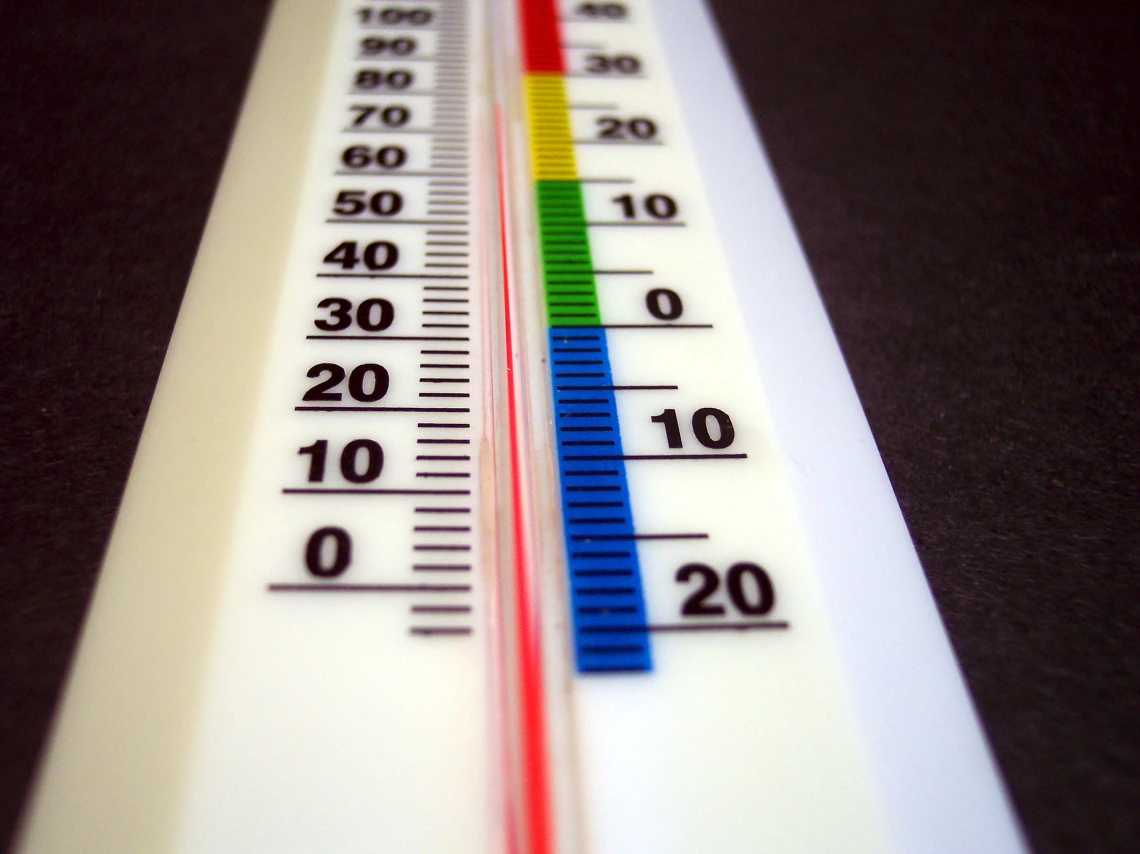Surviving the Sonoran Desert Heat
Heat stands alone as the No. 1 weather-related killer in the United States—more deadly than tornadoes, hurricanes, floods and all other weather events combined.


Heat is the No. 1 weather-related killer in the United States.
More than 1,400 Arizonans got so sick from the heat they had to visit an emergency room in 2014, according to a recent analysis of ER data by Center for Population Health & Discovery at the University of Arizona Health Sciences. Dehydration sent even more people to the hospital. In fact, 12,743 Arizonans visited the ER exclusively or primarily for dehydration, and a whopping 38,942 more had to be treated for dehydration in addition to their primary reason for visiting the emergency room.
Heat illness and dehydration aren’t just nuisances. They can be lethal, too. In 2013, there were 101 deaths in Arizona from overexposure to heat. On average, more than 120 people in Arizona have died from the heat every year from 2001 to 2013.

Staying hydrated is crucial during hot weather and can help avoid a trip to the emergency room.
- Follow the mantra: Stay Cool. Stay Hydrated. Stay Informed.
- Whenever you can, avoid being outside during the heat of the day (usually mid- to late-afternoon in the summer).
- Go into an air-conditioned place and cool off if you have to be outside.
- Drink lots of water. If you’re indoors all day, you should drink about two liters of water per day. When you’re outside, try to drink one to two liters every hour.
- Stay informed. Visit the National Weather Service to keep an eye on daily weather conditions and find out if there are heat advisories or other alerts for your location. You also can sign up for email or text messages alerting you to hazardous weather conditions.
- Use local resources. The Arizona Department of Health Services has an Extreme Weather and Public Health program that offers resources during Extreme Heat Advisory Days. They’ve also developed toolkits to help specific groups more vulnerable to heat illness stay safe. Check out their Older Adult Toolkit, Outdoor Worker Toolkit and School Toolkit.
Over the weekend, the National Weather Service issued this summer’s first excessive heat watch in Arizona. Please be careful during the coming hot days, stay cool and enjoy the summer!
About the Author
Will Humble, MPH, is an effective public health leader with over 28 years progressively responsible experience successfully leading public health programs. He has a collaborative management style that focuses on establishing and maintaining effective working relationships with staff and stakeholders. He’s a believer in leading and managing with emotional intelligence.
He served as the division director for health policy and evaluation at the Center for Population Science & Discovery at the University of Arizona’s Health Sciences Center where he provided leadership in the development, management and evaluation of health and public policy advocacy and initiatives. He previously served for 6 years as the director of the Arizona Department of Health Services, which provides a wide array of health related services including Arizona’s behavioral and public health systems, the Arizona State Hospital, medical and child care licensure and certification services, and the Arizona Public Health Laboratory.

